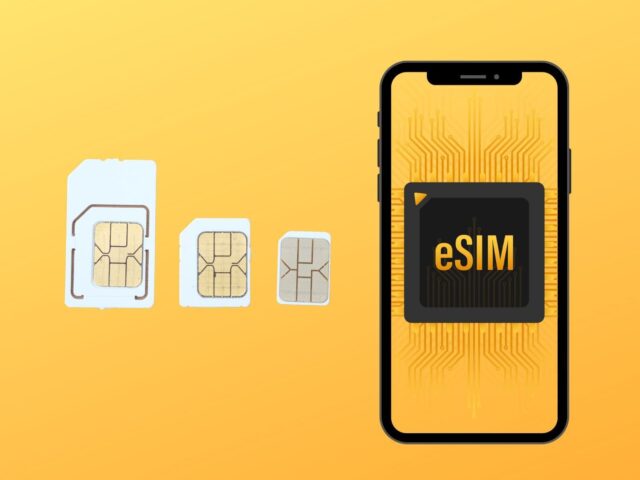Are you familiar with the debate between eSIM and SIM cards? It’s a hot topic for any tech-savvy individual these days. Understanding the key distinctions between them is essential to make an informed decision about what type of technology best suits your needs.
In this article, we will have a showdown between eSIM and SIM cards – exploring five of their most important differences that you must be aware of. So buckle up, it’s time to get into all the details!
1. Form Factor: eSIM vs. Traditional SIM Card
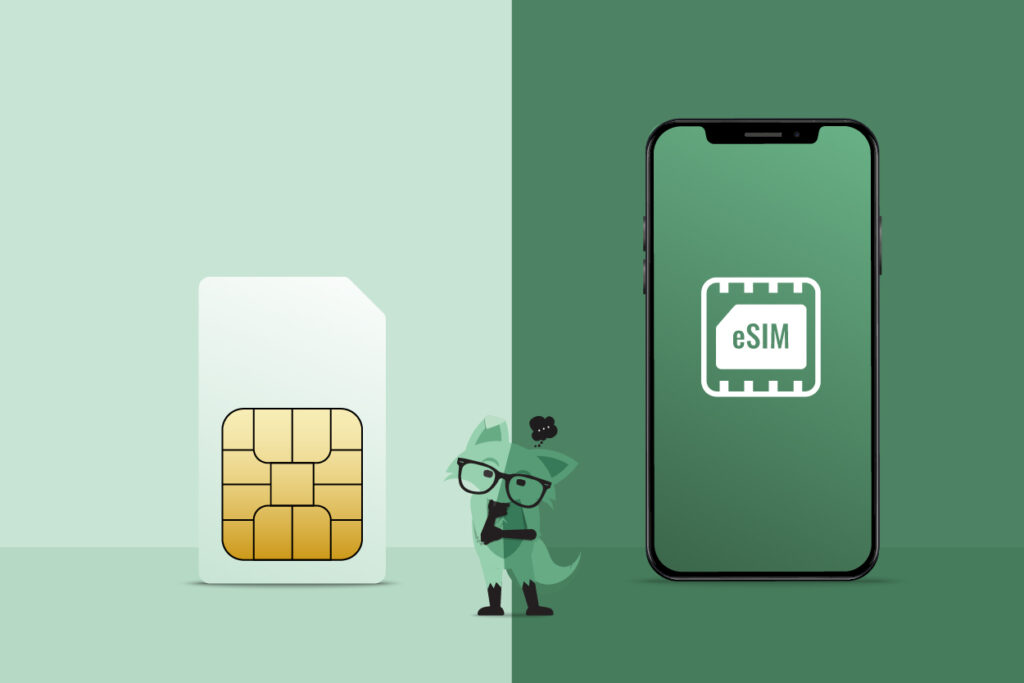
The form factor of eSIM and traditional SIM cards is an important distinction to understand when it comes to choosing between the two. Traditional SIM cards are typically removable from devices, while eSIMs are embedded in them.
The physical size of the card also differs significantly, with traditional SIMs being bigger than their electronic counterparts. Additionally, most modern phones come with dual-SIM capabilities that allow you to use both types simultaneously. This means that users have access to more flexibility and increased data speeds depending on which type they choose.
However, some older models may not be compatible with both formats at once so it’s best to check your device before committing to one or the other. Ultimately, understanding the differences between these two form factors can help you make a better decision for your needs when weighing up which type of SIM card is right for you.
2. Network Connectivity and Flexibility: eSIM vs. SIM Card
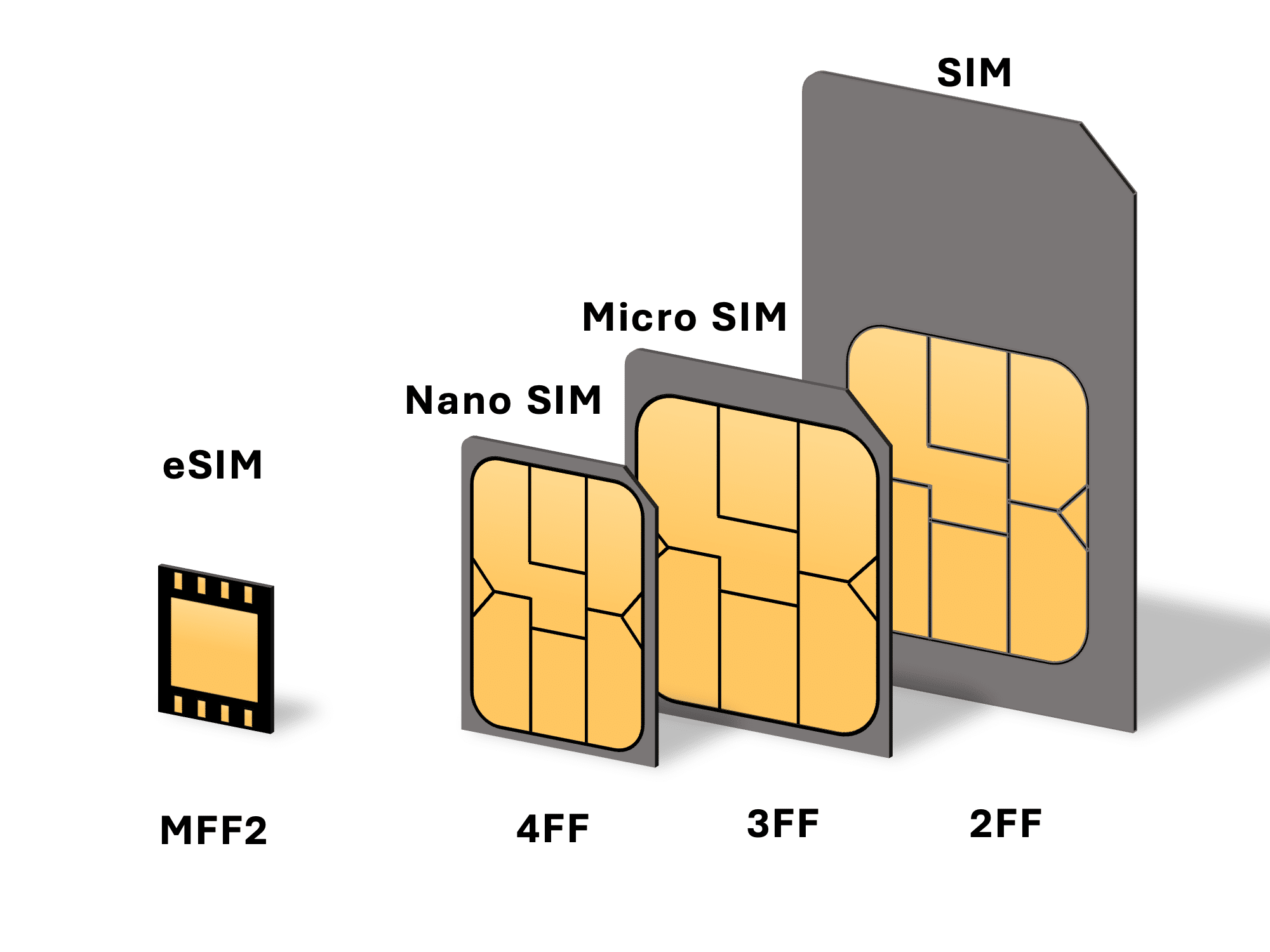
When it comes to network connectivity and flexibility, the eSIM versus SIM card showdown is a key one. The eSIM offers an embedded chip that allows for connection to multiple networks, while the physical SIM card can only be used on one specific network.
This makes the eSIM more desirable in many cases as it gives users freedom of choice when selecting their provider or changing providers without having to physically change their device’s SIM card. Furthermore, with the ability to store multiple subscriptions on a single device, including data-only plans, users can access different services from each subscription simultaneously – something not possible with traditional physical SIM cards.
Additionally, adopting an eSIM also eliminates security risks such as theft or damage associated with keeping your physical SIM stored away from your device.
3. Cost Considerations: eSIM vs. SIM Card
When it comes to cost considerations, one of the main differences between eSIM and SIM cards is that eSIMs generally require no upfront costs. With a traditional SIM card, you must purchase the physical card from your network provider. On top of that, you also have to pay activation fees and monthly service fees depending on your plan. eSIMs provide greater flexibility since they are completely digital and can simply be activated through an app or website instead of needing to buy a physical product.
This means there’s no need to purchase multiple cards when switching networks as with a traditional SIM card – all you need is access to your account online to switch providers quickly and seamlessly without any additional costs.
Furthermore, some providers offer free data plans when using an eSIM so customers may save money in the long run compared with using a regular SIM card.
4. Security Features: eSIM vs. SIM Card
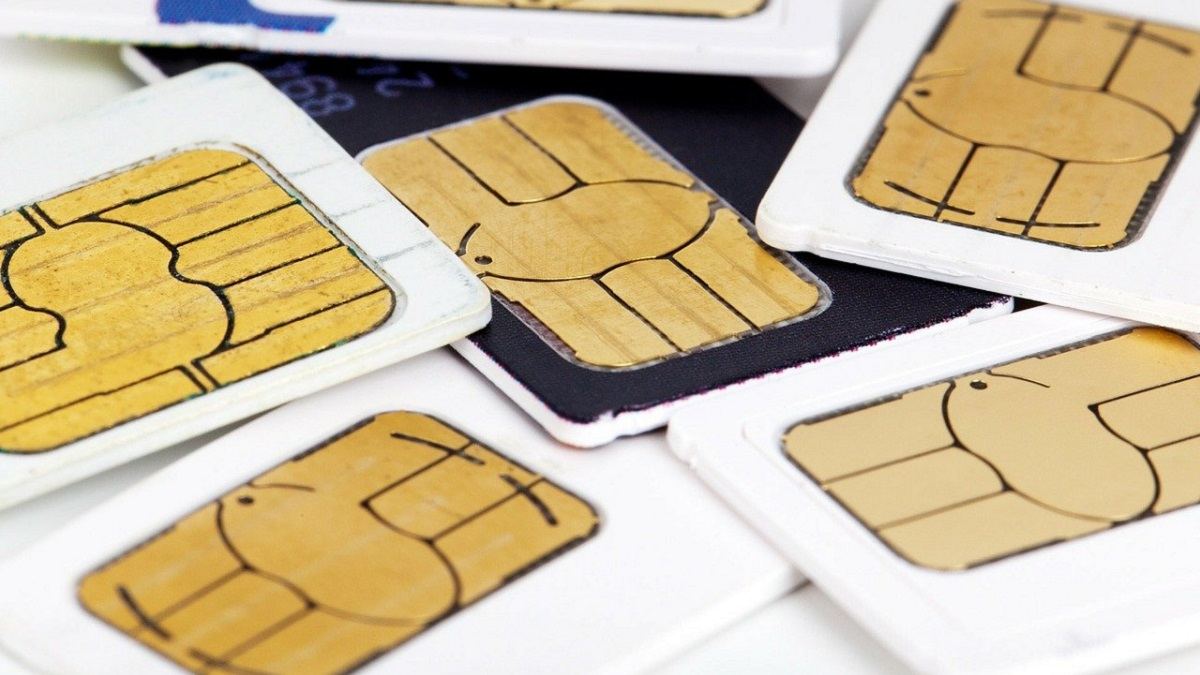
When it comes to security, eSIM and SIM cards have different features. An eSIM is a digital card that can be embedded in your device and contains all the information needed for connecting to a cellular network.
This means no physical card needs to be inserted or removed from the device. As an added layer of security, some devices require authentication from another device before allowing connection with the network using the eSIM feature.
On the other hand, SIM cards are physical cards that need to be inserted into your phone for you to access a cellular network. The data stored on these traditional cards is encrypted for additional protection against malicious attacks and unauthorized access.
Additionally, modern SIM cards also contain technology like Secure Element which adds further security mechanisms by providing extra layers of authentication when accessing networks or services related to financial transactions such as online banking or payment applications.
5. User Experience Benefits of an eSIM
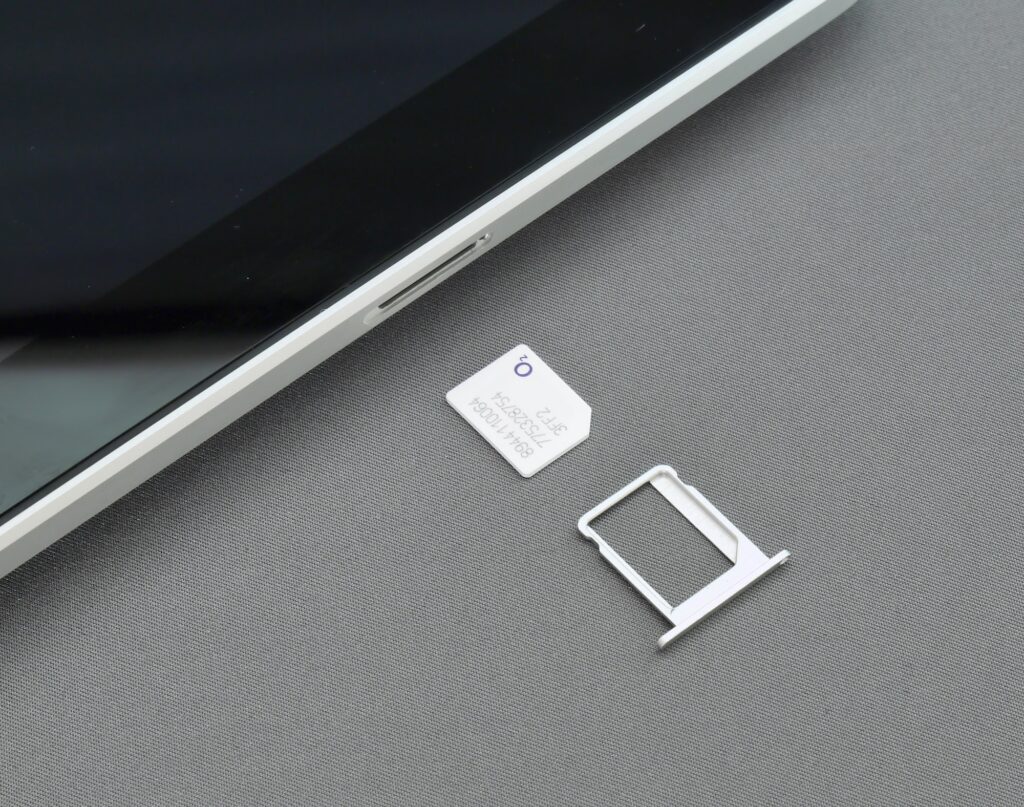
The user experience benefits of an eSIM are clear – it enables faster activation and porting as well as improved flexibility for a better overall customer experience. With an eSIM, users can activate their devices in minutes without the need to order a physical SIM card from the network provider.
This removes any delays associated with receiving and installing the physical card while also reducing additional costs like shipping fees or trips to retail stores. An eSIM also allows users to easily switch between multiple operators quickly and effortlessly – no more waiting for new cards or having to manage multiple ones at once.
Furthermore, since all information about the user’s plan is stored digitally, they don’t have to worry about losing their credentials if they lose their device. These features provide customers with an unparalleled level of convenience that makes using their devices effortless and stress-free.
Conclusion
In conclusion, eSIM technology is quickly becoming the new standard for mobile communication. Though not yet universally adopted, it provides several advantages that traditional SIM cards simply cannot match. With an eSIM, you can save time and money in switching carriers, maintain a single device with multiple phone numbers, and enjoy increased flexibility when traveling abroad.
For these reasons and more, it’s clear to see why many people prefer an eSIM over a regular SIM card. If youre looking for a reliable source of information on the topic of eSIMs then look no further than https://buzzesim.com – their expertise will help guide your decision-making process when choosing between these two technologies.

